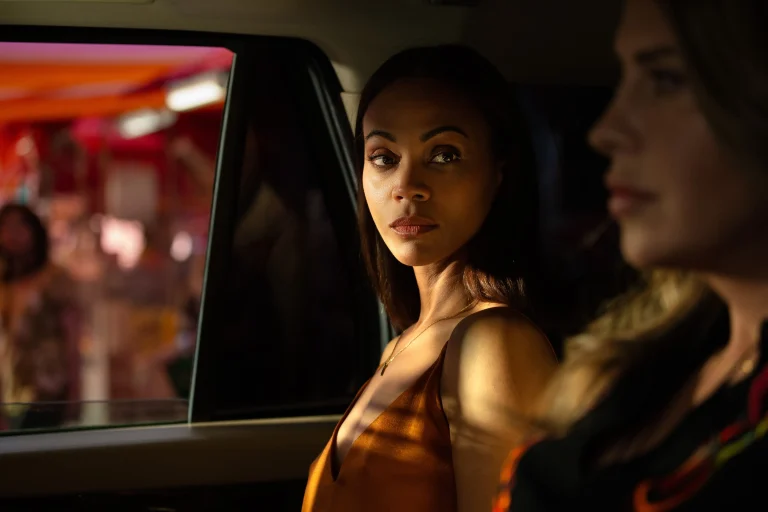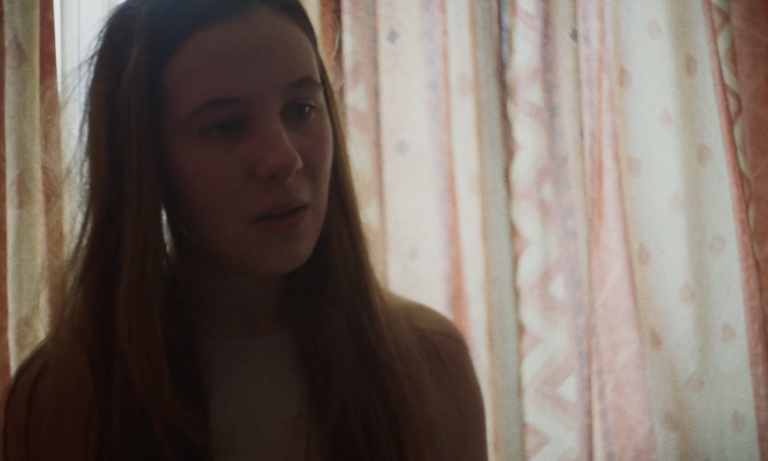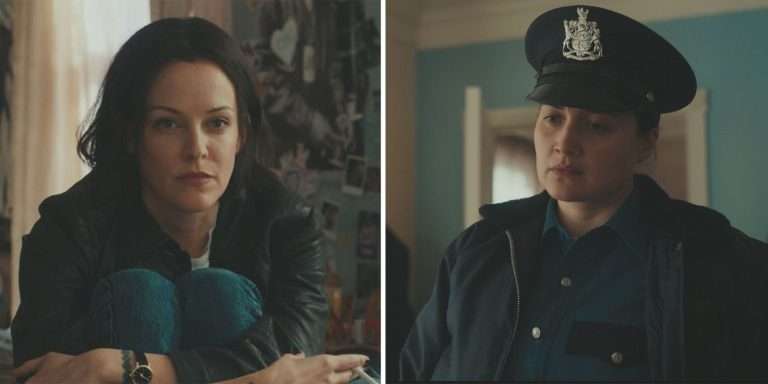On a wintry day in Southern America, my phone beeped with a notification. A decade-old friend who had been incommunicado in recent years said she was dying and needed to talk to someone who would understand and not judge. For someone who studies, writes, and teaches gender violence, my mind assumed the obvious. Turns out, years of intimate partner violence—physical and mental made my friend lose her hair, weight, and self-esteem. Suicidal thoughts engulfed her mind in a land thousands of miles away from her family. But so did the overpowering emotion to seek revenge. Over two-hour-long shared anger and frustration, she said, “I feel violent. I want to break his face for all he did. But I can’t. Men can be violent; women are merely receptors of punches and kicks.”
Violent men have shaped history. In wars, revolutions, ethnic clashes, sexual abuse, or state-led oppression, men overwhelmingly claim a monopoly on brutalism. Be it history, real life, or even the silver screen. Violent men are supposed to be desirable. But the opposite? Not so much. Look at Hollywood, for example. The western genre of this industry mostly glorified white male imperial violence. Serial killer documentaries hardly move beyond the romanticization of the likes of Ted Bundy. This trendy pattern was challenged when Ridley Scott’s 1991 female buddy road crime film Thelma and Louise dropped. It shook the foundation of crime narratives. However, the now cult favorite met with severe criticism upon its release.
The 80s and 90s were full of thrillers comprising sexy women in Hollywood. Erotic thrillers like Body Heat (1981) and Basic Instinct (1992) kept female protagonists inherently sexy in a world of violence. An opulence of imagery that closely resembles pornographic fantasies. Hence, when Geena Davis and Susan Sarandon forced the cultural consciousness to imagine female violent agency, scathing criticism poured in.
Despite writer Callie Khouri claiming that she “did not write a feminist film,” conservative male film critics like Kyle Smith of the New York Post utilized this trailblazing narrative to shame the entire feminist ideology. Two women on a violent spree subverted the male monopoly but only to be ridiculed. The film was termed anti-feminist and anti-men propaganda that glorified violence. Sadly, these frail egos missed the point. Thelma and Louise was anything but a male-hating story. It was a story of trauma in a deeply patriarchal culture where violence becomes the script for survival.
Thelma (Davis) is a housewife in suburban Arkansas. She is unhappily married to Darryl (Christopher McDonald), who “takes pride in being infantile.” A possible extramarital affair and consistent mockery restrain Thelma’s mobility. Her over-packed kitchen symbolizes her claustrophobia, and her only respite is her friend, Louise (Sarandon), who works at a diner. A complete opposite to Thelma, Louise is mobile, headstrong, and seemingly in control of her life. She is opinionated and doesn’t shy away from telling two young women at her diner that they might be too young to smoke. Her arrogant patronization has deeper roots. In their completely opposite personalities, Thelma and Louise are tied by trauma.
Louise is a rape survivor who does not like to talk about what happened. And Thelma soon follows the course. Both friends plan to leave the town for weekend fun, away from their man-child husband and emotionally distant boyfriend. The trip is supposed to be violence-free, as all vacations should be. Thus, when Thelma packs a gun for “safety,” it shocks Louise. Thelma expects violence, and she is not mistaken. In a club, after many margaritas and dancing with a man named Harlan (played effectively by Timothy Carhart with pain-inducing realism), Thelma is assaulted in the parking lot. Harlan wants to rape her. Thelma pleads, resists, cries, and slaps Harlan. But one slap leads to three blows to her face—a disproportion that defines gender violence beyond America.
Thelma’s anger and helplessness prompt her to choose violence (one slap) to save herself, but that fails to deter her potential rapist. Harlan cannot learn a lesson; he has done this to others. Tackled and bent on a car and about to be penetrated against her will, Thelma is helpless. With her gaze transfixed on Thelma’s weakening body, a female viewer experiences virtual assault.
Just then, Louise intervenes with the same gun she thought she did not need and rescues Thelma. She reprimands Harlan, “if a woman is crying for help, she is not having fun.” Harlan mocks and says he should have fucked Thelma anyway. Louise, who is walking away, turns back and shoots him in the chest. The rest of the film narrates the women’s failed attempts in straightening things out and their mutual decision to jump off the cliff together rather than getting imprisoned in a criminal justice system where “cavity search, electrocution, and life imprisonment” awaits them.
But “Harlan did not succeed in raping Thelma, so why to kill him,” asks a cisgender, heterosexual white man, Kyle Smith, in his review. I gave it a thought. Why did Louise shoot Harlan when he did not “succeed” in rape? But why should a woman need an attempt of rape to be successful to feel disgusted and violated?
Being bent on a car against one’s will with one’s underwear pulled down seems enough reason to assert retaliatory violence. Men have killed for far less. Why should Harlan have succeeded? Aren’t conservative Americans all about standing the ground, deterring crime and capital punishment? So, why can’t Louise kill Harlan, who clearly had a reputation for bothering women at the bar and who had brutally assaulted Thelma already? Was Thelma’s bloodied face not an injury enough to seek revenge?
Think of male revenge dramas for a second here. All those times when male violence drives a film’s plot are sold as romantic, even in Bollywood. Think of the recent Hindi film Tadap (2021) for a moment or the Ek Villain franchise (or anything director Mohit Suri has ever directed). In one of Tadap’s promotional videos on YouTube, actress Tara Sutaria is being strangled and flung off the wall while a tragic romantic song plays in the background.
Comments on the video exalt the lyrics, the music, and the actor, Ahaan Shetty, without considering the visual glorification of gender violence. Shetty went on to win the best debut award for this film. No, I am not digressing. I am connecting a phenomenon on a global level. Be my guest. Add to the list. But let’s circle back to the 1991 American film.
After killing Harlan, Thelma and Louise think of reaching out to the police and claiming self-defense. However, because Thelma had danced with him all night, the police would not believe her. Her wounds are also cleaned up now. There is no physical evidence to prove she was assaulted, and well, she was not raped. The film cruelly reminds us that, as women, visible evidence of violence becomes the rite of passage to be taken seriously by the law. Men, however, in this film or otherwise need not have their modesty outraged in similar ways.
Nirbhaya’s intestines must be flung outside, a rape survivor must be burnt alive, and an eight-year-old Muslim girl must be drugged, raped, and killed inside a Hindu temple to jolt our consciousness. Brutal death is the only way to grant the privilege of mourning to female victims of sexual assault. Women and young girls must have their bodies horrifically disfigured to shake a nation to demand justice. As I said, I digress. A digression that comes naturally to me as a feminist scholar of film. A digression, which in reality is an association—thanks to the rise of entertainment industries that have erected brutalized femininity for sheer consumption.
That is why, when Bollywood attempts a crime comedy like Darlings (2022), where a wife in an abusive marriage gives it back to her husband, nationalist Hindu men swarm over social media to boycott it. Women in Hindi films and web series can be allowed violence but only as mothers (Mother India, Mom, and Maai, to name a few) or as a cop (Mardaani franchise)—tied to family or state.
Bound by their shared experience, Thelma and Louise process their trauma together in this subversive film. Swirling their 1996 blue Ford thunderbird through the dusty terrains of Oklahoma and Texas, both desire to be in sunny Mexico. FBI is roped in, and a massive woman hunt is led by a sympathetic male police officer (Harvey Keitel as detective Hal Slocumb) who begs the women to surrender. These women know better though. They know a happy ending is not possible.
Thelma and Louise kiss, and their Ford gains speed. The women have decided to die by choice or, rather, a lack of one. They reclaim the rough terrains of masculine rage, swinging across states in their convertible, robbing a store, putting a male cop in his car trunk, shooting at a truck driven by a pervert that eventually explodes in flames, and finally driving off a cliff hand in hand as hundreds of male police officers aim their guns at them. Hal Slocumb runs in final desperation toward them. The car takes off the cliff, and the screen turns white.
The real violence here is male in various forms. Be it as life partners, a truck driver sexually harassing the women every time his vehicle (an extension of his phallus) passes them, an attractive cowboy, or a well-meaning male cop—they all represent the patriarchal structure deeply set against women. Moreover, Thelma and Louise do not actively choose violence. The devil is in the details.
Thelma robs a store as they have no money left. Robbing is clearly not her stomping ground. She does nothing to hide her face from the surveillance cameras. Later, when she forces a male cop on their trail to get in his car’s trunk, both women apologize constantly, reminding the man that this is not what they wanted to do. In contrast, Harlan did want to rape Thelma by choice. A random, slimy truck driver chooses to sexually harass these women.
Thelma and Louise threaten him at gunpoint, asking him to apologize for his crass behavior. They shoot at his truck to scare him. Accidentally, the truck explodes, and the women laugh. The laughter seems to be at the center of heterosexual male paranoia. How dare they laugh? How come these women enjoy their violent escapades? Patriarchy asks no such questions from men on screen though. The maniacal Hannibal Lecter remains the beloved cannibal to this day. The standards are different. The standards are hypocritical.
By centralizing a female camaraderie at the center of a crime thriller, Scott’s film challenges our deep-seated hypocrisy of the cinephilic gaze. The crime is not glorified as the women die at the end—symbolically punished for the slippery slope of their actions. I am not writing this to make a case for female violence and encourage women to run amok on streets terrorizing men. Instead, I am asking you to reimagine women carrying equal potential of harm as men. The collective consciousness must not hastily assume that violence cannot be a female domain. A mere (re) imagination of women claiming cinematic spaces kept aside majorly for men shifts the consciousness for the better.
A couple of days ago, I was listening to the podcast Empire, where historian Ramchandra Guha was in conversation with William Dalrymple. Guha reminded me of the uncomfortable truth. He said that in contemporary India, violence is seen as masculine and hence more respectable.
One of the reasons why the average Hindu nationalist hates anti-colonial historical figures like Mahatma Gandhi—he was never masculine enough. The same stands true for post-Trump America as well. As heteropatriarchal right-wing masculine violence gains more clout in American and Indian settings, it’s time to dismantle the hypermasculine capitalist basis of cinema. It’s time to get rid of gore. It is time to shock the bourgeoise native elite consumer by making them realize that, hey… women kill too.








![Hellraiser [2022] Review: Clive Barker’s hellish vision comes to life in a good-looking but staid remake](https://79468c92.delivery.rocketcdn.me/wp-content/uploads/2022/10/Hellraiser-2022-Movie-Review-1-768x449.jpg)